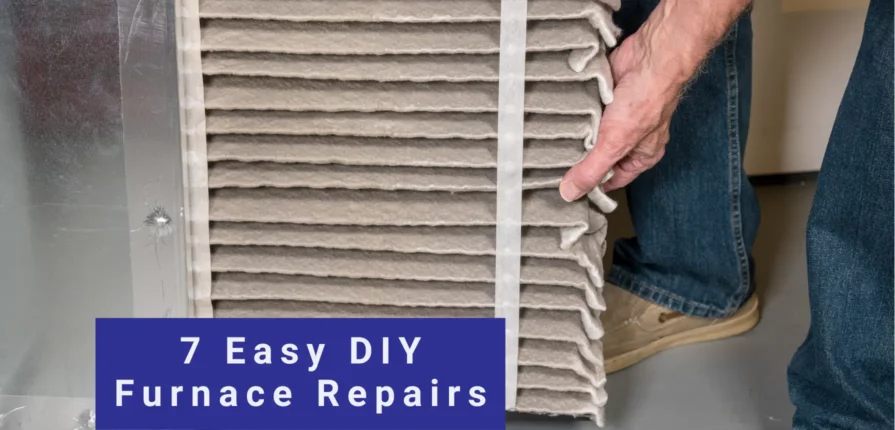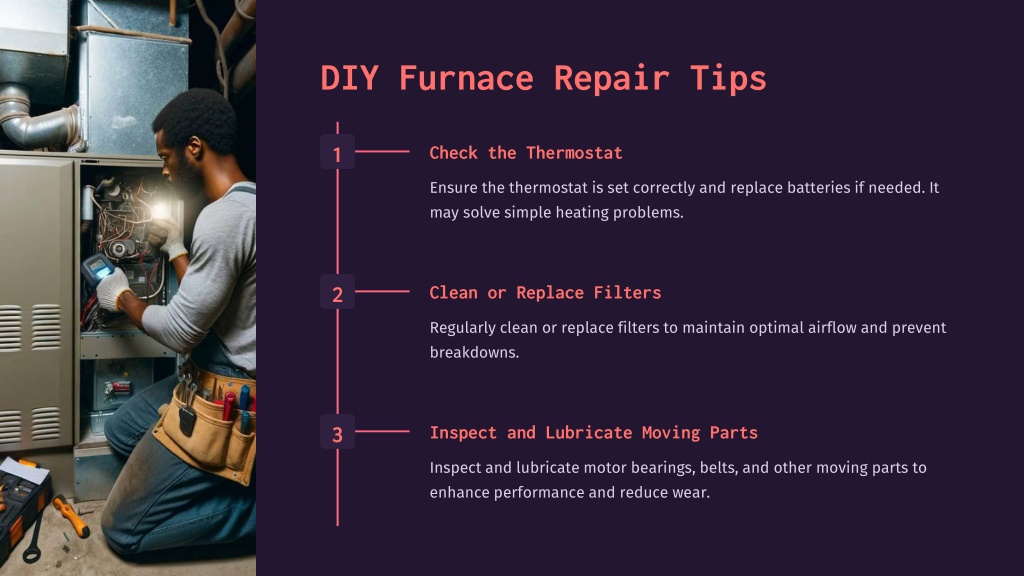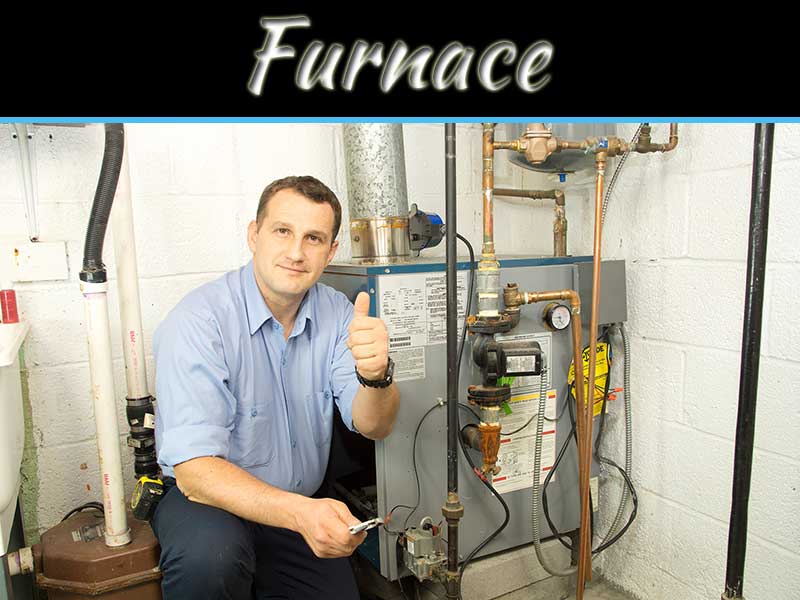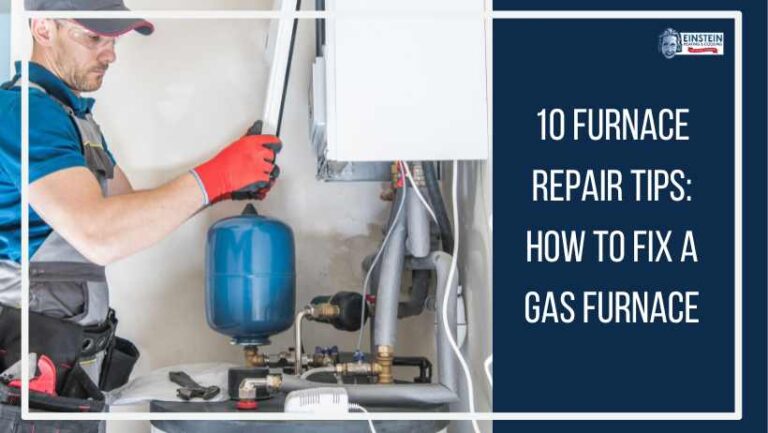Diy Furnace Repair Tips

DIY Furnace Repair Tips: Frequently Asked Questions
Is DIY furnace repair a good idea?
Generally, extensive furnace repairs should be left to qualified HVAC technicians. Furnaces involve gas, electricity, and combustion, making them potentially dangerous. However, some simple troubleshooting and maintenance tasks are safe and can help you avoid costly service calls. This FAQ focuses on those DIY-friendly tasks.
What are some common DIY furnace maintenance tasks?
You can safely perform these tasks:
- Replacing the Air Filter: A dirty air filter restricts airflow, making your furnace work harder and less efficiently. Replace it every 1-3 months, depending on usage and air quality.
- Checking the Thermostat: Ensure your thermostat is set correctly and is working properly. Replace the batteries if it's battery-powered.
- Cleaning the Blower Compartment: Dust and debris can accumulate in the blower compartment, reducing efficiency. Use a vacuum cleaner with a brush attachment to carefully clean around the blower motor and housing. Turn off the furnace at the breaker before doing this.
- Checking the Pilot Light (for older furnaces): If your furnace has a pilot light, make sure it's lit. If it's out, follow the manufacturer's instructions to relight it. If it goes out repeatedly, there might be a bigger issue.
- Inspecting the Flue Pipe: Check the flue pipe for any obvious signs of damage, such as cracks or rust. Ensure it's properly connected and venting outside.
My furnace isn't turning on. What should I check first?
Before calling a repair technician, try these steps:
- Thermostat Setting: Ensure the thermostat is set to "heat" and the temperature is set higher than the current room temperature.
- Power Switch: Locate the furnace power switch (usually a light switch on or near the furnace) and make sure it's turned on.
- Circuit Breaker: Check the circuit breaker for the furnace in your electrical panel. If it's tripped, reset it. If it trips again immediately, there's likely a more serious electrical problem.
- Gas Valve: Confirm the gas valve leading to the furnace is open. It's usually a lever that should be parallel to the gas pipe.
- Air Filter: A clogged air filter can sometimes prevent the furnace from starting. Try replacing it.
If none of these steps work, it's time to call a professional.
How do I change my furnace air filter?
Here's a simple guide:
- Turn off the furnace.
- Locate the air filter compartment. It's usually a slot on the side or bottom of the furnace.
- Remove the old filter. Note the direction it's facing.
- Insert the new filter, ensuring it's facing the correct direction (usually indicated by an arrow on the filter).
- Close the filter compartment.
- Turn on the furnace.
Remember to buy the correct size filter for your furnace. This information is usually printed on the old filter or in your furnace's manual.
What tools should I have on hand for basic furnace maintenance?
Having these tools readily available can make maintenance easier:
- Screwdrivers: Both Phillips head and flathead screwdrivers are useful for removing panels and accessing components.
- Wrench Set: A basic wrench set can be helpful for tightening connections.
- Vacuum Cleaner with Brush Attachment: Essential for cleaning dust and debris.
- Air Filter: Keep a spare air filter on hand for quick replacements.
- Multimeter: Caution: Only use a multimeter if you are comfortable and experienced with electrical testing. It can be used to check voltage and continuity, but incorrect usage can be dangerous.
- Flashlight: For better visibility in dimly lit areas.
- Work Gloves: To protect your hands.
- Safety Glasses: To protect your eyes.
Always prioritize safety when working with your furnace. If you're unsure about something, it's best to consult a professional.
When should I call a professional HVAC technician?
It's crucial to call a professional when you encounter these situations:
- Gas Leaks: If you smell gas near your furnace, immediately evacuate the area and call your gas company and a qualified HVAC technician. Do not attempt to repair a gas leak yourself.
- Carbon Monoxide Alarm: If your carbon monoxide alarm goes off, evacuate the premises and call emergency services. A faulty furnace can produce dangerous levels of carbon monoxide.
- Electrical Problems: If you notice sparks, burning smells, or frequently tripping circuit breakers, call a qualified electrician and HVAC technician. Do not attempt to repair electrical issues yourself.
- Complex Repairs: If the problem requires disassembly of major furnace components (e.g., gas valve, burner assembly, heat exchanger), it's best left to a professional.
- Unfamiliar Noises: Loud banging, screeching, or grinding noises can indicate serious mechanical problems.
- Repeated Problems: If you're constantly troubleshooting the same issue, it's likely a sign of a larger underlying problem that requires professional attention.
- You're Uncomfortable: If you feel unsure or uncomfortable performing a repair, it's always best to err on the side of caution and call a professional.
How can I improve my furnace's efficiency?
Here are a few tips to help your furnace run more efficiently:
- Regular Filter Changes: As mentioned earlier, a clean air filter is essential for efficient operation.
- Proper Insulation: Ensure your home is properly insulated to minimize heat loss. Seal any drafts around windows and doors.
- Programmable Thermostat: Use a programmable thermostat to automatically adjust the temperature when you're away or asleep.
- Professional Maintenance: Schedule annual furnace maintenance with a qualified HVAC technician. They can identify and address potential problems before they become major issues.
- Seal Ductwork: Leaky ductwork can waste a significant amount of energy. Have your ductwork inspected and sealed by a professional.
- Clear Vents: Make sure your vents are not blocked by furniture or rugs.
What are the potential dangers of DIY furnace repair?
DIY furnace repair can be risky if not approached with caution and knowledge. Here are some potential dangers:
- Gas Leaks: Improperly handling gas lines can lead to dangerous gas leaks, which can cause explosions and carbon monoxide poisoning.
- Electric Shock: Working with electrical components without proper knowledge and precautions can result in electric shock.
- Carbon Monoxide Poisoning: A faulty furnace can produce dangerous levels of carbon monoxide, a colorless and odorless gas that can be fatal.
- Fire Hazard: Improper repairs can create fire hazards.
- Damage to the Furnace: Incorrectly diagnosing or repairing a problem can damage the furnace further, leading to more expensive repairs.
- Voiding Warranty: Attempting DIY repairs may void your furnace's warranty.
Always prioritize safety and consult a professional if you're unsure about anything. Your safety and the safety of your home are paramount.










